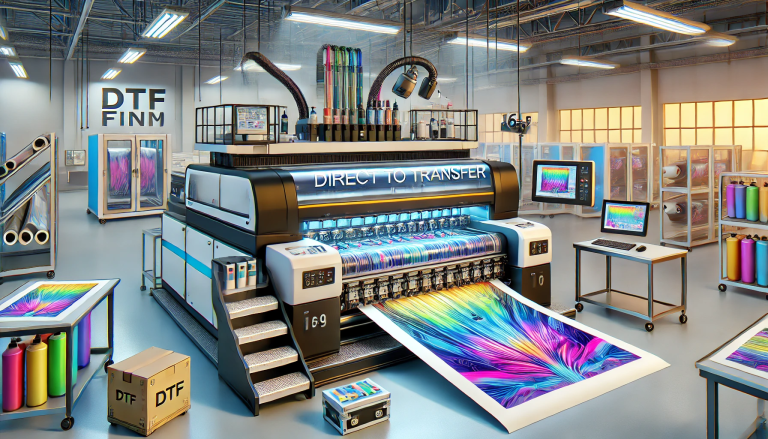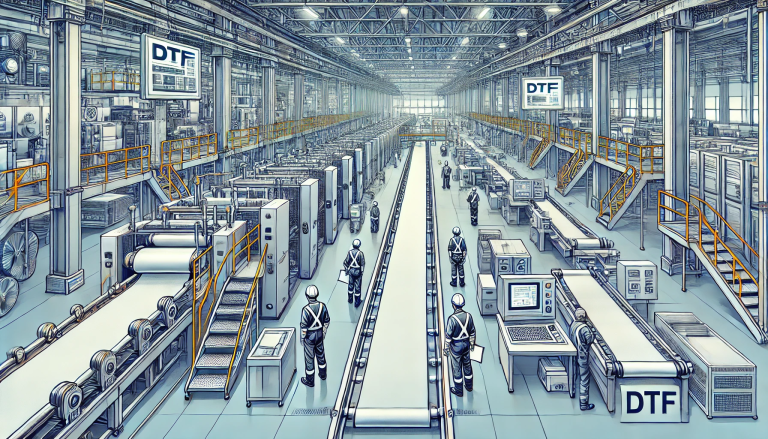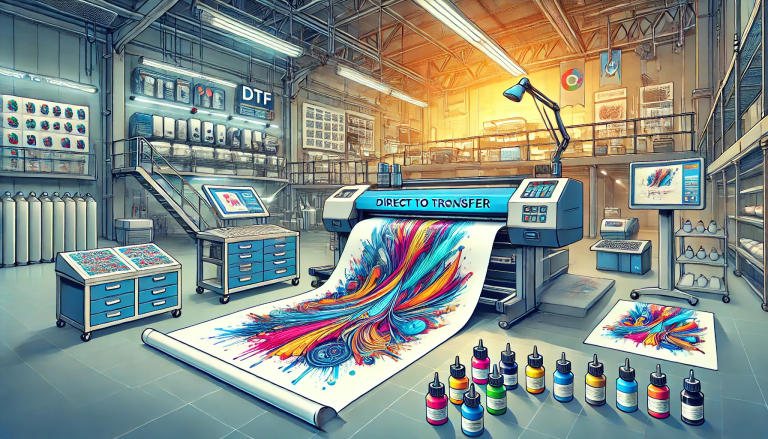“Can UV DTF Film Be Reused? Exploring Sustainability in Direct-to-Film Printing” -MAXDTF- Direct Transfer UV DTF Decal Factory, UV DTF Transfer AB Paper Factory, Made in China
Introduction
In the realm of modern printing technologies, Direct-to-Film (DTF) printing has emerged as a versatile and efficient method for transferring intricate designs onto various surfaces. DTF printing involves using specialized UV DTF film, which offers crisp image quality and durability. As concerns about environmental sustainability grow, questions arise about the reuse of materials in such processes. Can UV DTF film be reused, and what implications does this have for sustainable printing practices? In this blog, we delve into the world of DTF printing, exploring the potential for reusing UV DTF film and the broader impact on the environment.
Understanding DTF Printing and UV DTF Film
Direct-to-Film (DTF) printing is a process wherein designs are printed directly onto a special film using an inkjet printer. The film is then used as a transfer medium to apply the design onto fabrics, ceramics, plastics, and other materials. UV DTF film is a type of film specifically designed to work with UV-curable inks, ensuring vibrant and long-lasting prints. The UV ink is cured using ultraviolet light, making it resistant to fading, scratching, and washing.
Challenges of Reusing UV DTF Film
While the idea of reusing UV DTF film aligns with sustainability goals, there are significant challenges to consider. The film is designed to withstand the UV curing process, and after each transfer, it may contain residual ink, adhesive, or other contaminants. Reusing contaminated film could lead to lower print quality and potential issues during subsequent transfers. Additionally, the delicate nature of the film might make it prone to damage during removal and cleaning, further reducing its potential for reuse.
Potential Benefits of Reusing UV DTF Film
Despite the challenges, exploring the reuse of UV DTF film offers several potential benefits:
- Reduced Waste: Printing industries produce a significant amount of waste, including discarded printing materials. Reusing UV DTF film could contribute to waste reduction, promoting more sustainable practices within the industry.
- Cost Savings: UV DTF film can be a costly component of the printing process. Reusing film could help printing businesses cut costs and increase their profitability over time.
- Environmental Impact: By extending the lifespan of printing materials, we can reduce the demand for new resources, conserving energy and reducing the environmental footprint associated with manufacturing new film.
Practical Approaches to Reusing UV DTF Film
If you’re considering reusing UV DTF film, here are some practical steps to take:
- Thorough Cleaning: Properly clean the film after each transfer to remove any residual ink, adhesive, or contaminants. This step is crucial to maintaining print quality and preventing damage during reuse.
- Storage: Store cleaned UV DTF film in a controlled environment to prevent deterioration. Proper storage can help preserve the film’s integrity for multiple uses.
- Quality Control: Establish rigorous quality control measures to ensure that reused film produces satisfactory results. Regular checks and testing can help identify any issues before they affect the final print.
- Rotation: Consider implementing a rotation system where different batches of UV DTF film are reused in a cycle. This can help distribute wear and tear more evenly across the materials.
Conclusion
The question of whether UV DTF film can be reused presents a complex challenge that requires careful consideration of factors such as print quality, material integrity, and environmental impact. While reusing UV DTF film aligns with sustainability goals, the technical limitations and potential risks should not be ignored. By implementing proper cleaning, storage, and quality control practices, it is possible to extend the lifespan of UV DTF film and contribute to more sustainable printing practices. As technology and best practices evolve, the printing industry may find innovative ways to strike a balance between quality, efficiency, and environmental responsibility.





